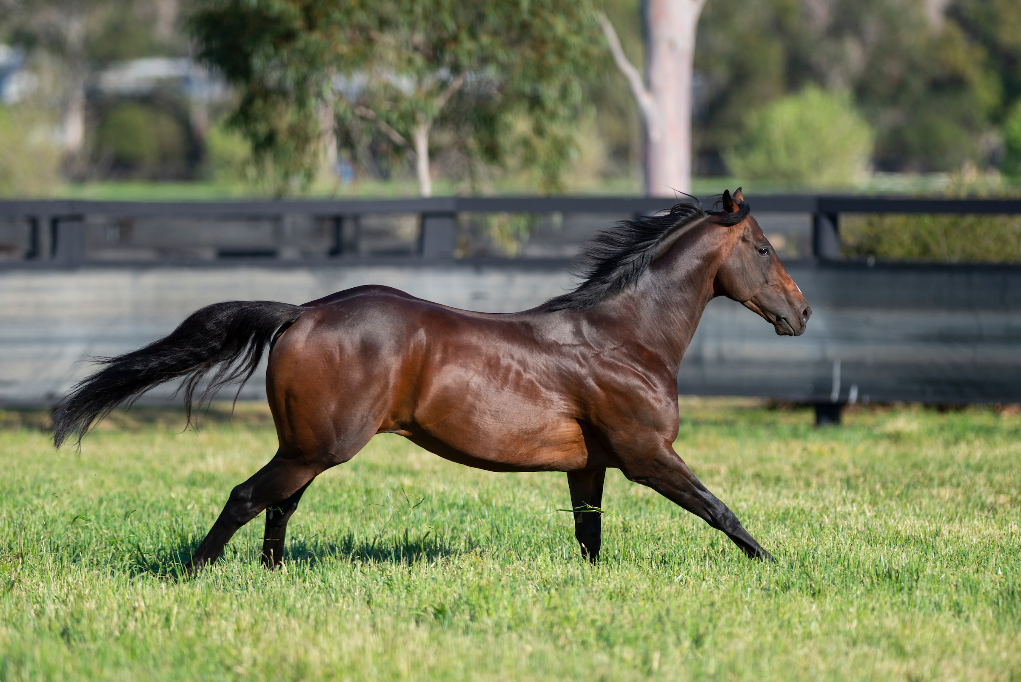Osteoarthritis - Part 1

Osteoarthritis (OA) is the most common cause of joint disease in horses and is a common cause of stiffness and lameness in horses of all ages. Studies show that 60% of lameness in horses is caused by OA. It is a chronic degenerative process with no known cure. However, despite this it is often able to be well managed and horses can go on to compete successfully.
How osteoarthritis develops
• It is caused by progressive articular cartilage damage. Articular cartilage is the thin layer of connective tissue that lines the end of long bones within joints. As OA progresses it results in subchondral bone remodelling, osteophytes (bone spurs), and loss of joint space and function.• In young horses OA is usually caused by trauma. This can be caused by abnormal forces on normal joint cartilage or normal forces on an abnormal joint or diseased cartilage.
• In older horses OA is usually caused by normal wear and tear on the joints.
Diagnosis
An accurate diagnosis to enable early intervention and management is really important.
• Clinical examination - Increased fluid within the joint and increased pain when the arthritic joint is flexed or palpated are common findings.• Gait analysis/lameness examination - Most lameness is seen best at a trot, lameness due to OA is usually worse on a harder surface compared to a soft and can improve as the horse warms up. The degree of lameness can vary from mild to severe, and may present just as poor performance or stiffness. It often presents gradually but can present as acute lameness, especially if the horse has over exerted itself.
• Nerve and joint blocks - Local anaesthetic is injected over a nerve or directly into a joint toblock the pain pathways that supply that region. This can be used to help locate or confirm an arthritic joint that is causing discomfort.
• Treatment trial – Vets may recommend medicating a suspicious joint with corticosteroids to see if there is a positive response in how the horse feels and/or a decrease in lameness. This can allow diagnosis and treatment to occur at the same time and is especially useful for horses that have a history of poor performance rather than actual lameness.
• Radiographs – Often no radiographic changes are seen early on in the disease. The most common finding on radiographs are osteophytes or bone spurs. With more severe disease loss of joint space and fusion of joints can occur.
• Nuclear scintigraphy – Can be used to identify early arthritis that is not visible yet on radiographs or that is located in the sacroiliac region, which is unable to be radiographed due to its location within the pelvis.
